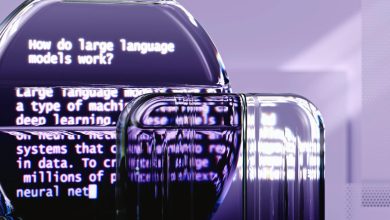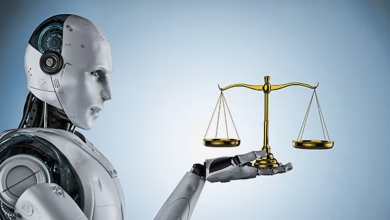The intersection of law and artificial intelligence is changing quickly, especially in fields that depend on digital evidence and quick data processing. While AI-powered systems in Canadian policing are often hailed as a way to increase road safety, they also create complicated legal problems, especially when it comes to prosecuting and defending serious traffic violations like Ontario stunt driving.
AI’s job starts with enforcement. Automated Speed Enforcement (ASE) systems are getting more advanced, even though they mostly focus on simple speeding. They use computer vision and machine learning to look at how cars move in real time, accurately measuring speed over a distance and spotting dangerous moves. For a formal stunt driving charge, a police officer still has to figure out the subjective part of “intent” or “willful blindness.” However, the basic evidence—the speed, distance, and type of action—can often be digitally recorded and analyzed by an algorithm.
The Black Box of Evidence
This change from human observation to algorithmic analysis makes it much harder to prove something in court. To fight an Ontario stunt driving charge, one of the most important things to do is to question the accuracy and reliability of the prosecution’s evidence. When a proprietary AI model makes that evidence, it runs into the “black box” problem.
In a regular courtroom, the defense can look closely at the measuring device (like a radar gun’s calibration certificate) and question the officer about how they used it and what they saw. The defense must then question the algorithm’s validity when a complex AI system provides the main proof.
The questions of law become:
Transparency and Explainability: Is it possible for the prosecution to fully explain how the AI model works? The Charter of Rights and Freedoms says that a defendant has the right to know what the case is against them. Does it go against the principles of fundamental justice if the AI’s decision-making process is unclear?
Bias and Validation: Did the AI learn from data that accurately shows what Canadian roads and cars are like? AI systems are well-known for picking up and making worse any biases that are already in their training data. A mistake in the model’s ability to recognize things like loss of traction or too fast speed calculation in certain weather conditions could be very important for a conviction.
Lawyers are already warning against blindly accepting AI results in court. The court must be sure beyond a reasonable doubt that the person is guilty of Ontario stunt driving. If the defense can cast doubt on the AI’s reliability, the charge may be dropped or lowered.
Defense Strategy in the Age of Technology
Lawyers who are defending clients against Ontario stunt driving charges need to change how they do things to fit with this new digital world. Instead of just looking at the officer’s point of view or mistakes in the process, the focus moves to problems with technical and data governance.
Challenging Data Integrity: The defense might need data science experts to look closely at the source data, the way the AI system was trained, and the system’s error rates when it provided proof of speeding or dangerous driving.
Model Validation: The defense can ask for proof that the AI model has been independently validated and works in line with accepted scientific and engineering principles. This is a requirement that is often used for traditional expert testimony.
The increase in AI used for traffic enforcement means that Canadian evidentiary law needs to change. It forces the legal system to set clear rules for how algorithmic evidence can be used and how reliable it is. This way, the efficiency of technology does not come at the cost of a person’s right to a fair trial. Not only will the facts of the road be used to fight an Ontario stunt driving ticket, but the code of the algorithm will also be used.




